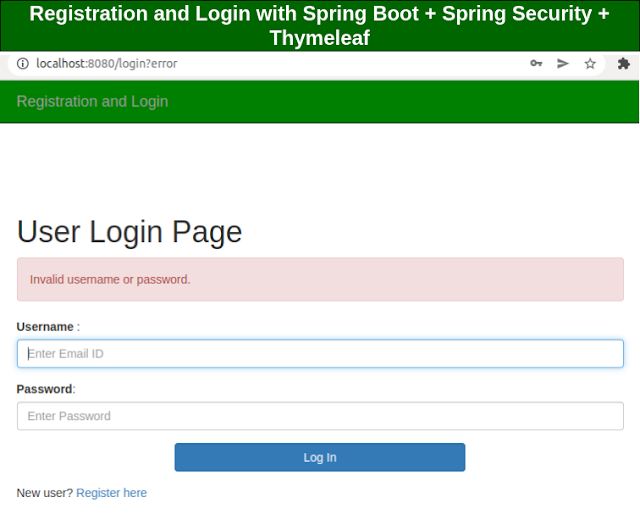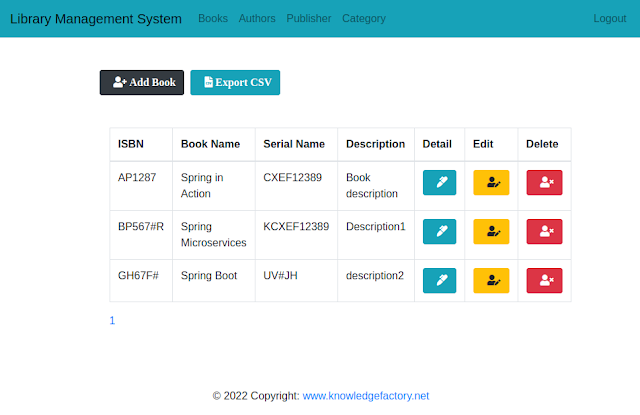Spring Cloud Function Demo: Create and Deploy Serverless Functions with Spring Boot
This guide will show you how to create a simple Spring Boot project using Spring Cloud Function to implement a serverless function. You’ll learn how to set up a project, create a greeting function, expose it as a REST endpoint, and deploy it to a cloud environment like AWS Lambda or Azure Functions. By the end, you'll have a scalable, cloud-ready function. Let’s get started!
Step 1: Create a Spring Boot Project via Spring Initializr
Visit Spring Initializr: Go to https://start.spring.io/.
Configure Project Metadata:
- Project: Maven Project
- Language: Java
- Spring Boot: 3.4.2 (or latest version compatible with your setup)
- Project Metadata:
- Group:
com.example - Artifact:
spring-cloud-function-demo - Name:
spring-cloud-function-demo - Description:
Demo project for Spring Cloud Function - Package Name:
com.example.springcloudfunctiondemo - Packaging: Jar
- Java Version: 17 (or any version compatible with Spring Boot 3.4.2)
- Group:
Add Dependencies:
- Spring Web
- Function
Generate Project: Click Generate to download the zip file for the project.
Step 2: Unzip the Project and Open in Your IDE
Once the project is generated, unzip the file and open it in your IDE (e.g., IntelliJ IDEA, Eclipse, VS Code).
Step 3: Complete pom.xml
Step 4: Implement Your Function Bean
Create a simple function that processes input and produces output. For this example, we'll create a function that greets the user.
In the src/main/java/com/example/springcloudfunctiondemo directory, create a new Java class for the function:
Step 5: Configure Function in application.properties
In the src/main/resources/application.properties file, you can define which function to use. This configuration ensures Spring Boot knows which function to route to:
Step 6: Create a REST Controller to Expose the Function
To expose your function as an HTTP endpoint, create a @RestController class that maps a request to the function.
Step 7: Main Application Class
Create a main class to run the Spring Boot application.
Step 8: Run the Application
To run the application, use Maven or your IDE:
Step 9: Test the Application
Once the application is running, open your browser or use curl to test the function:
You should see the following output:
Step 10: Optional - Deploy to a Cloud Environment
Spring Cloud Function is designed for serverless environments like AWS Lambda, Google Cloud Functions, or Azure Functions. If you're deploying to AWS Lambda, you can configure the handler in your application.properties:
You’ll need to add AWS Lambda dependencies and configuration for cloud deployment.









